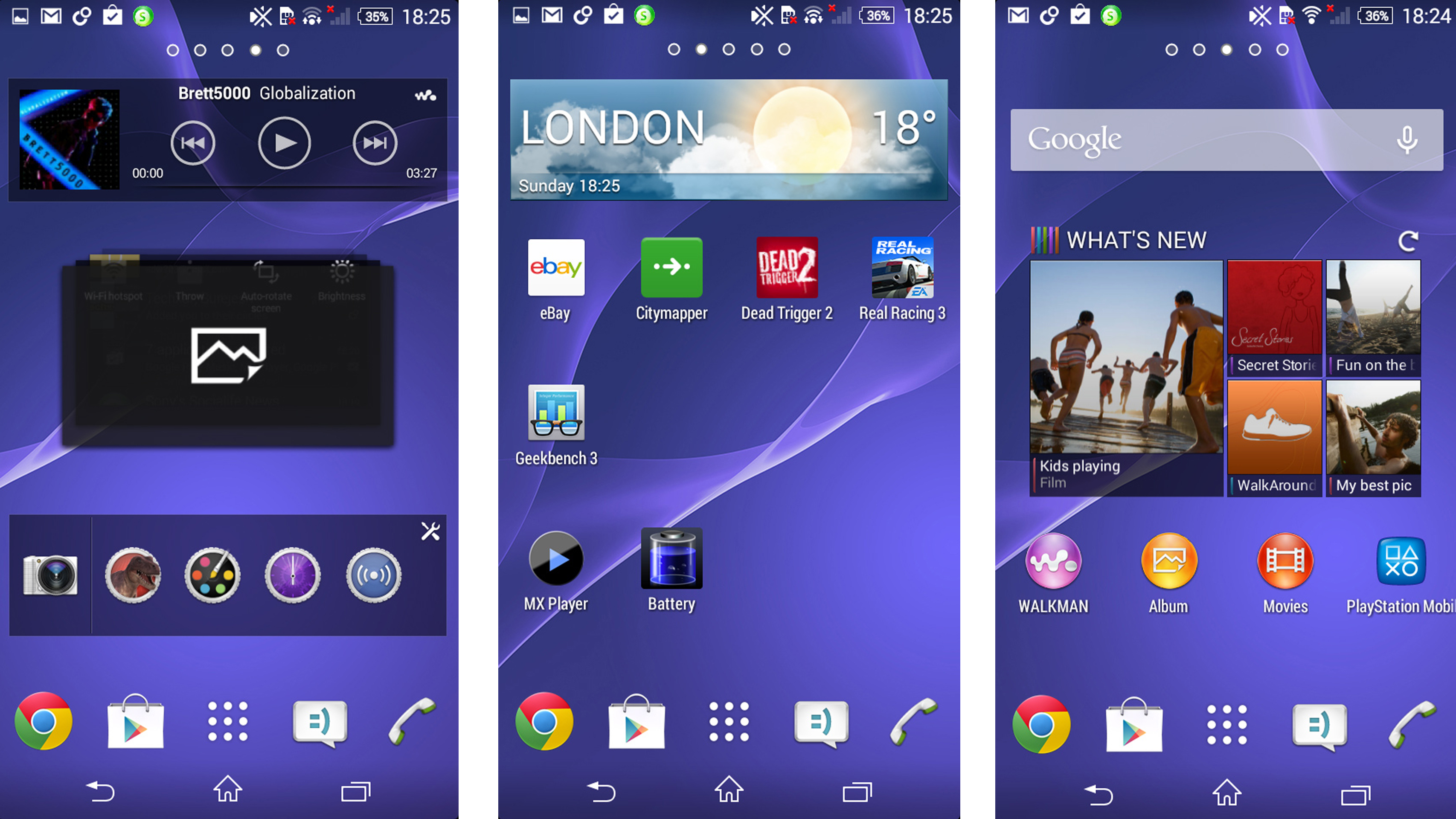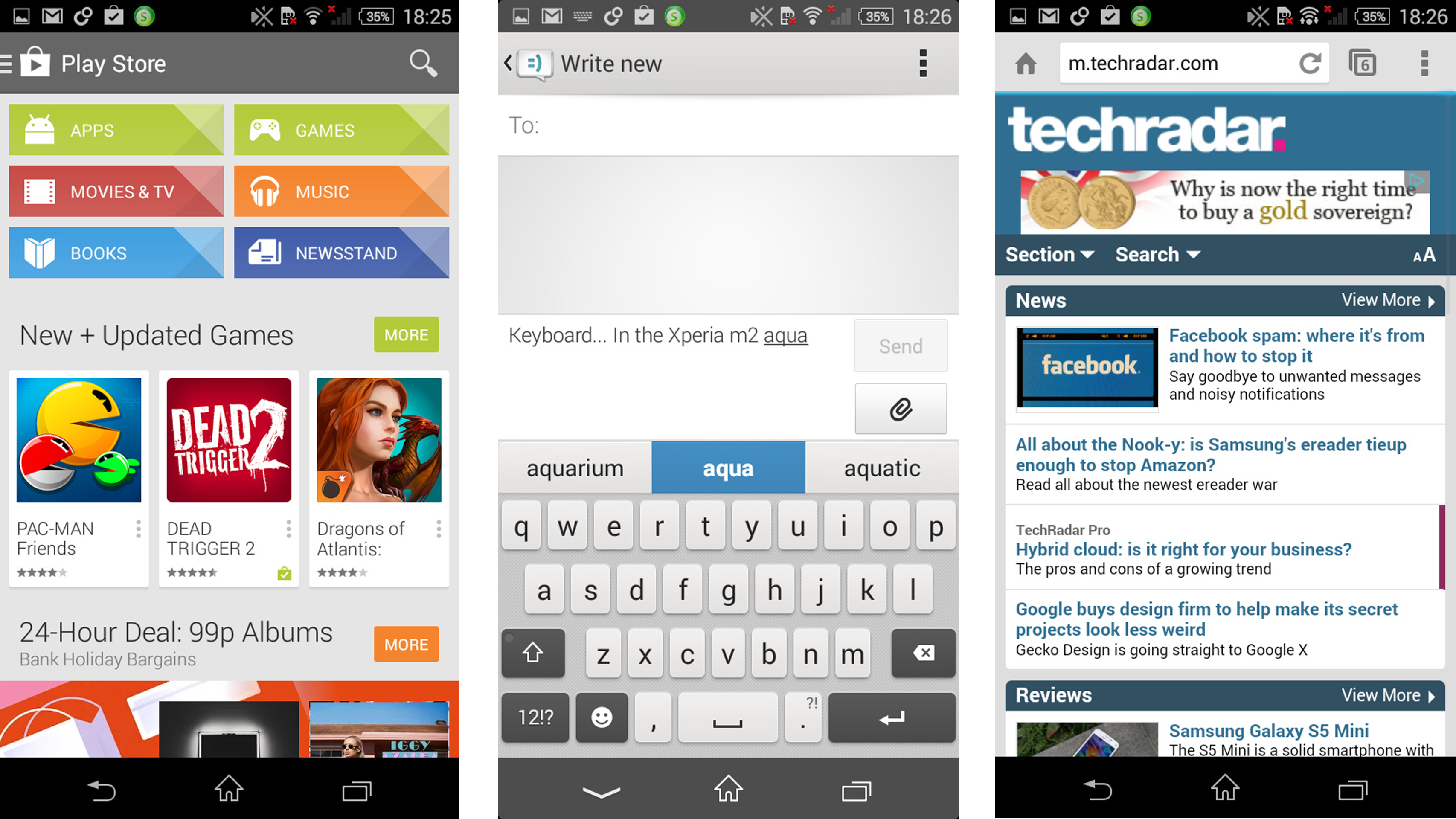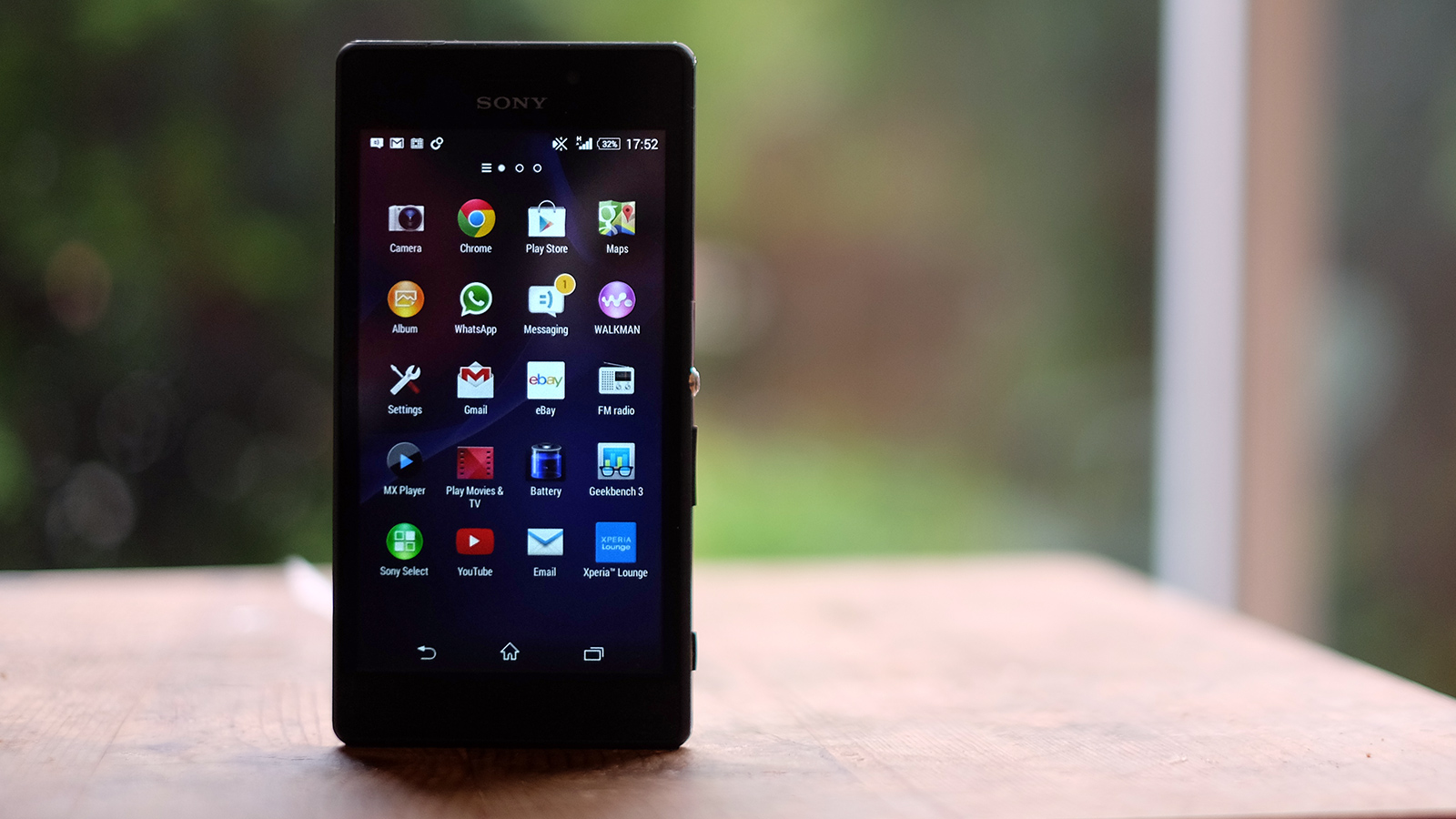Why you can trust TechRadar
Performance
The Sony Xperia M2 Aqua has a mid-range Snapdragon 400 CPU humming at its core. This has become an extremely popular processor, used in phones all the way down from the £99 EE Kestrel right up to the £300 Sony Xperia T3.
It's partnered with 1GB of RAM. It's enough, but I'd be extremely disappointed with anything less.
The Sony Xperia M2 Aqua is not hugely powerful, but general performance is quite good. As we've seen in other Sony Xperia phones recently, the UI doesn't act as a particular performance leech, keeping lag to a minimum.

I don't believe having a fairly conservative CPU like the Snapdragon 400, which is a quad-core 1.2GHz chipset, will be a big roadblock for most people either. Thanks to the Sony Xperia M2 Aqua's fairly low screen resolution, gaming performance is decent even with the more impressive-looking 3D games.
Frame rates are generally fine, but there are other compromises. Being a fairly low-end chipset, the Snapdragon 400 often misses out on a few visual bells and whistles you'd get from a higher-end chipset like the Snapdragon 800/801 and phones with these start at around £250 these days. It's not an upgrade you'd need to remortgage for.
In the Geekbench 3 benchmarking app, the Sony Xperia M2 Aqua scored around 1133. That's exactly what you'd expect from a phone of this spec. And, as I've already noted, it's the sort of power seen in phones from £100 all the way up to £300. Top value? Not quite.
Battery life
Like the Xperia M2, the Xperia M2 Aqua has a 2300mAh battery that you can't get your hands on. It's firmly locked away inside the phone's structure.
Sign up for breaking news, reviews, opinion, top tech deals, and more.
Also common to Xperia phones, this sort of capacity is pretty good in its class. For a fair comparison I'd ideally want to look at a phone with a similar size and resolution screen. One of the closest is the EE Kestrel (a tweaked version of the Huawei Ascend G6), which has just a slightly smaller 4.5-inch 960 x 540 pixel screen.
With a 2000mAh battery, it's a fair bit smaller than the Xperia M2 Aqua's unit.
Thanks to a decent battery and the fairly efficient Snapdragon 400 CPU, you can easily get a full day's use out of the Xperia M2 Aqua. I found that with normal, non-frugal use, without using any of the power saving modes, I could get to the end of the day with a solid 35 to 40% charge left.
You'll only lose a little of that 35-40% of charge overnight, so you should easily have enough power to get you through to lunch time, unless you have a long commute to work, during which you play games or browse.

In our normal video stamina test, which involves playing a 90-minute 720p MP4 video at full brightness, the Sony Xperia M2 Aqua lost just 20%. That was 3% more than the non-Aqua M2, but is still a strong result. Other respectable Android rivals lose up to 30%, and let's not forget the phone's top display brightness is pretty good.
Just like the Xperia M2, the Aqua offers decent call quality, and I experienced no issues with call drops.
However, the internal speaker is nothing to enjoy your favourite music through. There's just a single speaker that fires out through the bottom edge of the Xperia M2 Aqua, and it lacks the beefy power of the Xperia Z2.
The sound is also not terribly refined, and at top-volume there is some mid-range distortion at times. At lower volumes the sound quality is better.

Andrew is a freelance journalist and has been writing and editing for some of the UK's top tech and lifestyle publications including TrustedReviews, Stuff, T3, TechRadar, Lifehacker and others.
